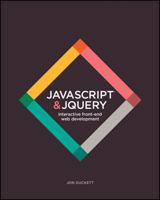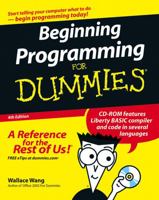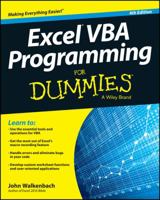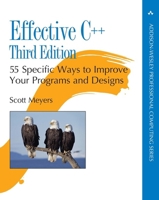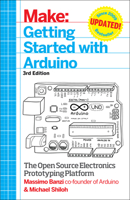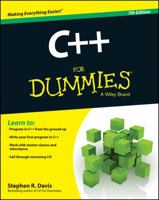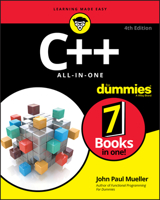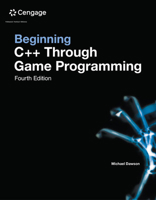Natural Language Processing for Online Applications: Text Retrieval, Extraction and Categorization (Natural Language Processing)
(Book #5 in the Natural Language Processing Series)
Select Format
Select Condition 
You Might Also Enjoy
Book Overview
Customer Reviews
Rated 4 starsAn excellent overview
Work on Natural Language processing has been going on for at leastthirty years. In the past most natural language processing (NLP)applications where mainly in the research realm. The rapid increase in computer processing power and disk storage capacityhave moved NLP from research into the area of applied science.This gives NLP the feel of a new and vibrant area. Progress isbeing made rapidly, but the research literature...
0Report
Rated 5 starsExcellent
I recommend this very highly. The words "online applications" in the title suggest that this book is about NLP for websites, but it's much more general than that; certainly any of the technologies discussed in it could in fact be implemented on a website, but "online applications" should be interpreted as meaning something like "applications that are made possible or commercially viable by the availability of large bodies...
0Report















